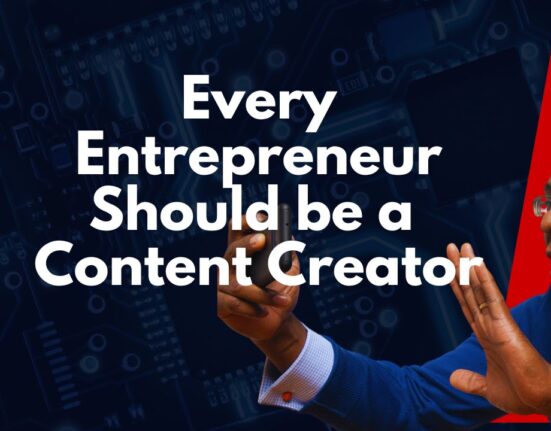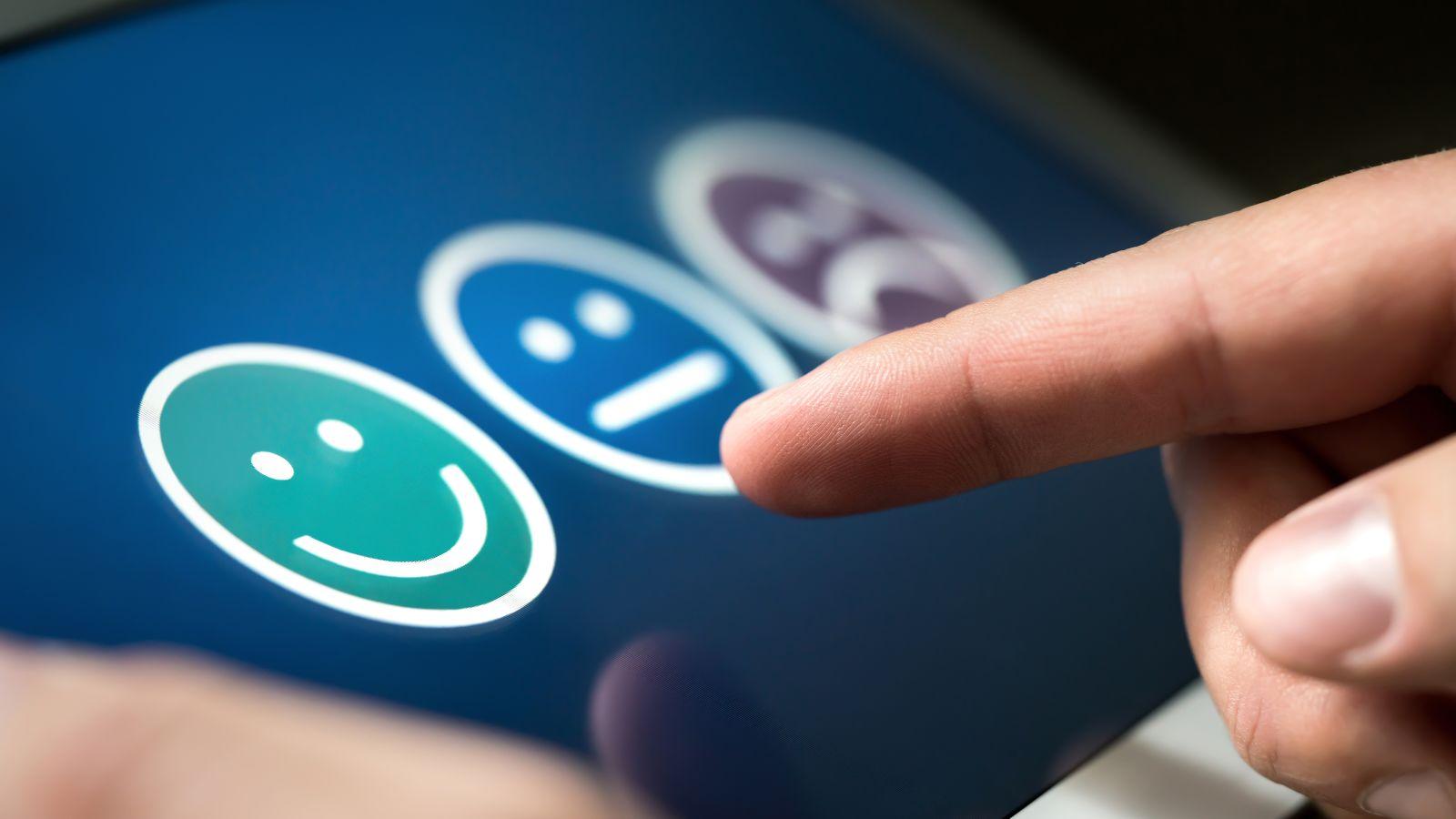Consumers make purchase decisions every day, from buying groceries to making major investments. Understanding the different types of consumer buying behavior can help businesses better cater to their target audiences and develop effective marketing strategies.
The following are common consumer buying behaviors and some examples:
1. Habitual Buying Behavior
Habitual buying behavior refers to the routine purchase of low-involvement products or services that are familiar to the consumer. These purchases are typically made without much thought or consideration, as they have become a part of the consumer’s routine.
Julia Roberts has been seen repeatedly buying the same beauty products, such as Lancôme’s Rénergie line, which she has used for years. She displays habitual buying behavior for her go-to skincare brand.
Read More: Top 10 Strategies for Marketing to Current Customers
2. Variety-Seeking Buying Behavior
Variety-seeking buying behavior occurs when consumers purchase different products or brands within the same product category to experience something new or different. This behavior is often driven by a desire for novelty, curiosity, or a need for variety.
Rihanna is known for her ever-changing hairstyles and fashion choices. She constantly experiments with different looks, suggesting variety-seeking behavior in her clothing and beauty purchases.
3. Complex Buying Behavior
Complex buying behavior is associated with high-involvement products or services that are unfamiliar, expensive, or carry a high level of risk. In such cases, consumers engage in extensive research and evaluation before making a purchase decision.
For example, when purchasing high-risk products like a house, business, or even a gadget, you do deep research. That’s what complex buying behavior entails—considering the risks, gains, and benefits before choosing a product or service.
4. Dissonance-Reducing Buying Behavior
Dissonance-reducing buying behavior occurs when consumers experience post-purchase dissonance or doubt after making a purchase decision. To reduce this cognitive dissonance, they may seek reassurance or additional information to justify their choice.
If you’ve ever checked online for positive reviews to validate your purchase, then you have experienced this type of buying behavior.
To alleviate your discomfort, you may start researching online forums, customer reviews, and expert opinions to find positive affirmations about the brand you chose.
Dissonance-reducing buying behavior occurs when the consumer is not sure or satisfied with their buying decision.
A brand with positive reviews and a loyal customer base can help such a consumer feel confident with their purchase.
5. Impulse Buying Behavior
Impulse buying behavior involves making unplanned purchases based on an immediate desire or temptation, often without much consideration or evaluation. External stimuli, such as promotions, product displays, or emotional factors, usually trigger this type of behavior.
A typical example of this is when you walk into a mall with a list and come out with more stuff in your cart.
Brands with good packaging and proper positioning can attract buyers and make them buy impulsively.
Impulse buying behavior has two effects on your customer and brand.
The first is that the customer may like the product and become a loyal customer and an advocate.
The second is that they may not enjoy the experience with your product or May start to question themselves after the purchase. Impulse purchases can lead to dissonance-reducing habits after the purchase.
6. Rational Buying Behavior
Rational buying behavior is characterized by a logical and systematic approach to decision-making. Consumers engage in extensive research, gather information, and carefully evaluate alternatives based on objective criteria, such as price, quality, and features.
Bill Gates is known for his analytical approach to major purchases, such as purchasing an economy ticket instead of a first-class ticket.
Like Gates, many buyers want value for their money—even businesses like to get more with as little as possible.
Read More: Tips on How to Improve Customer Service
7. Emotional Buying Behavior
Emotional buying behavior is driven by personal feelings, emotions, or desires rather than rational considerations.
Consumers may make purchase decisions based on factors such as perceived social status, self-expression, or emotional connections with a brand or product.
An example of this is some wealthy people opt for only classy and luxurious brands that suit their status.
Likewise, most middle-class families focus more on products that make them feel comfortable.
The emotional purchase could also be a result of nostalgia or a familiar feeling. Many adults feel emotional when they see ads that remind them of the happy times in their childhood..
For such campaigns, you have to do your research and evoke the right emotion with your messaging.
Frequently Asked Questions
The most common type of consumer buying behavior is habitual buying behavior, where consumers make routine purchases of low-involvement products without much thought or consideration.
Complex buying behavior involves extensive research and evaluation for high-involvement, unfamiliar, or expensive products.
In contrast, rational buying behavior is characterized by a logical and systematic approach to decision-making, even for less complex purchases.
Yes, consumers can exhibit different types of buying behavior depending on the product or situation.
For example, they may engage in complex buying behavior for a major purchase like a car but exhibit habitual buying behavior for everyday household items.
Emotional buying behavior is influenced by personal feelings, emotions, desires, perceived social status, self-expression, or emotional connections with a brand or product.
Businesses can cater to different types of consumer buying behavior by understanding their target audience’s preferences, providing relevant information and resources for complex purchases, creating emotional connections through branding and marketing campaigns, and offering convenient and hassle-free experiences for habitual purchases.
Yes, marketing strategies such as promotions, product displays, and the strategic placement of items in high-traffic areas can influence impulse buying behavior.
Businesses often leverage these tactics to encourage impulse purchases.
Understanding consumer buying behavior is crucial for businesses as it helps them tailor their products, services, and marketing strategies to better meet the needs and preferences of their target audience. This ultimately leads to increased customer satisfaction and sales.
By understanding the different types of consumer buying behavior and their real-life examples, businesses can develop more effective marketing strategies, optimize their product offerings, and create targeted campaigns that resonate with their customers’ preferences and decision-making processes.
Related Posts:













